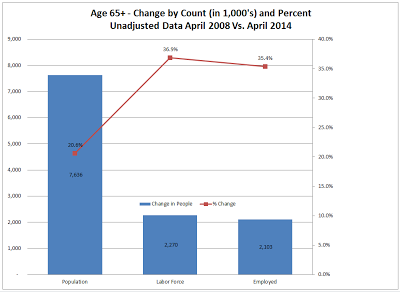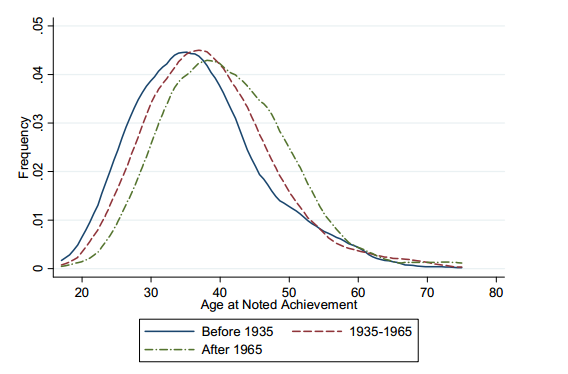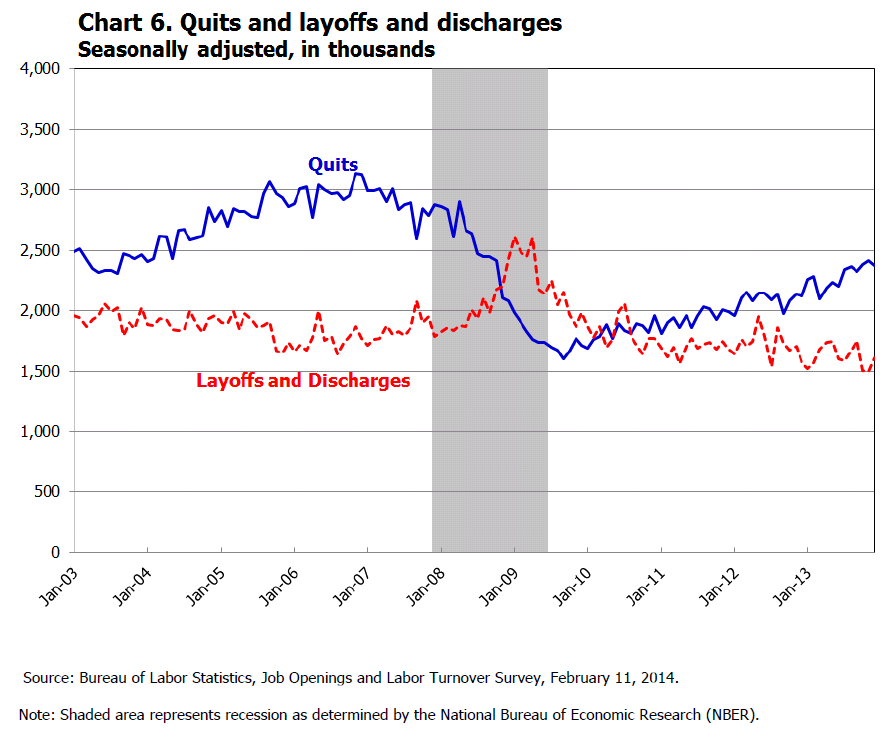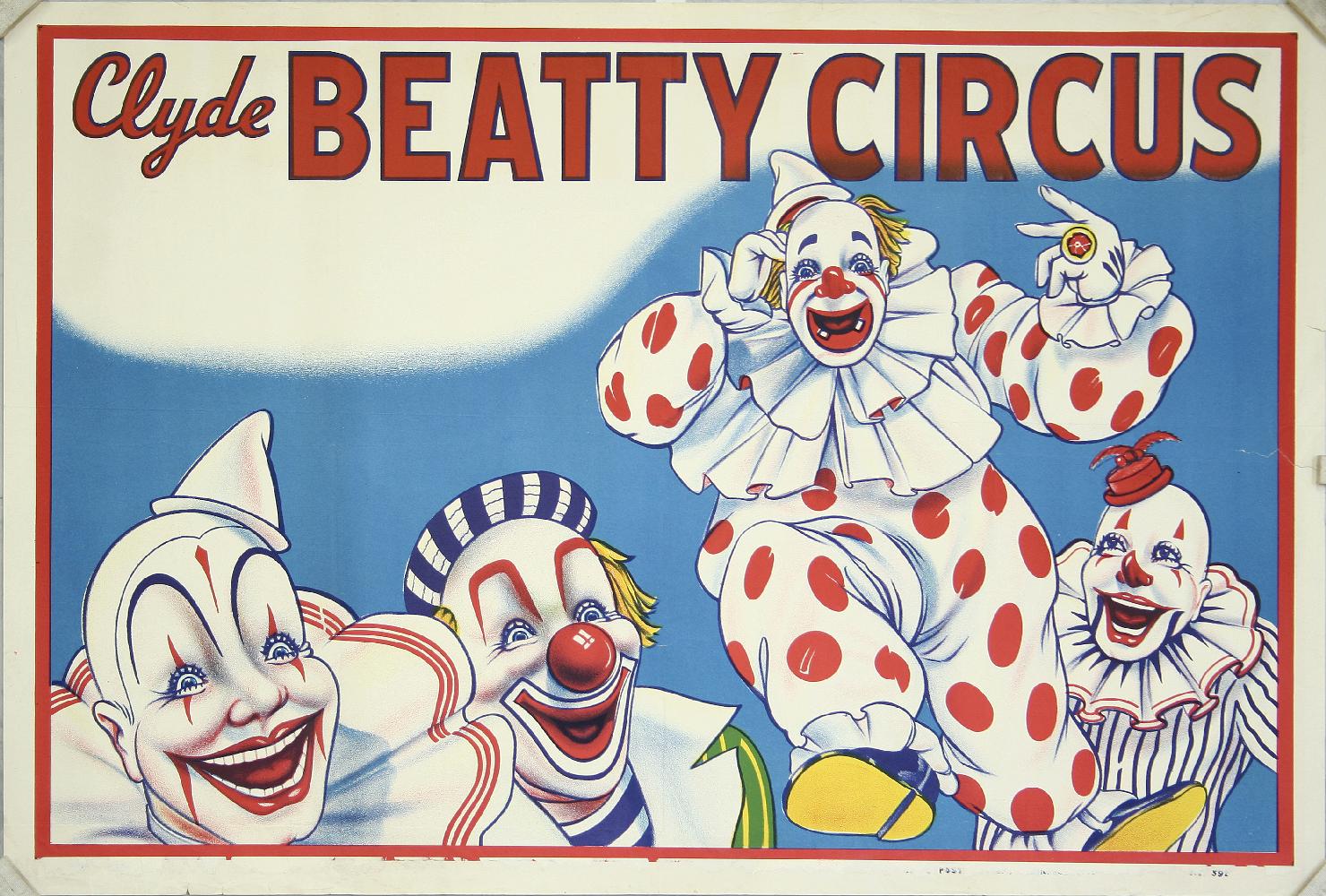The ever shrinking middle skilled workforce
If you want to get a cogent, simple summarization of what is going on in the labor market and for the diminishing opportunities and prospects for folks caught in the middle so to speak, take a look at these recent comments and observations from New York Federal Reserve Bank Chair William Dudley:
What Kinds of Jobs Have Been Created During the Recovery?
Firms often change the way they utilize workers and the mix of skills they employ during recessions and recoveries. The weakening demand during recessions forces firms to look for new ways to be more efficient to cope with hard times. These adjustments do not affect all workers equally. Indeed, it’s what we typically think of as middle-skilled workers—for example, construction workers, machine operators and administrative support personnel—that are hardest hit during recessions. Further, a feature of the Great Recession and indeed the prior two recessions, is that the middle-skill jobs that were lost don’t all come back during the recoveries that follow. Instead, job opportunities have tended to shift toward higher- and lower-skilled workers.
As we’ll show, these same trends have played out in our region. While there’s been a good number of both higher-skill and lower-skill jobs created in the region during the recovery, opportunities for middle-skilled workers have continued to shrink.
I believe it is important for us to highlight these job trends and to understand their implications for our region. There have been significant and long-lasting changes to the nature of work. As a result, many middle-skilled workers displaced during the recession are likely to find that their old jobs will never come back. Furthermore, workers are increasingly facing higher skill requirements in order to land a good job. These dynamics in the labor market present a host of challenges for the region to address. However one thing is clear: workers will need more education, training and skills to take full advantage of the types of job opportunities being created in our region, as well as across the nation.
Lots to think about from NY Fed President Dudley's remarks, even if they are not surprising, it still seems that we (the big, society-encompassing we) are not doing enough or adequately preparing for this bifurcation in opportunity. The middle skilled jobs that Dudley is referring to were traditionally the majority of jobs in many small and midsize cities in America, and perhaps more importantly, the natural bridge from low-skilled and low paid work into higher skilled and naturally, better paid jobs. Even if an individual himself or herself could not make the leap from construction worker or administrative support into a managerial or exec role, chances were at least decent that their kids would be able to advance, even just a little further up the skill/pay ladder.
I certainly don't have the answers to this problem, but it does seem like better strategies are needed. The commonly cited approaches that call for increased business/community college partnerships for workforce training and development and an emphasis to students that jobs in skilled trades represent solid career opportunities seem valid, but what if via the combination of technology progress, outsourcing, and better tools for automation, most of these middle skilled jobs are simply never coming back?
What then? What if the middle skilled jobs continue to hollow out? What if we eventually become an economy comprised of lots and lots of low-skilled service workers and a relatively few (lucky) high-skilled knowledge and creative workers on the high end?
And what happens when the chasm between these two ends keeps growing larger and larger all the time?

 Steve
Steve




